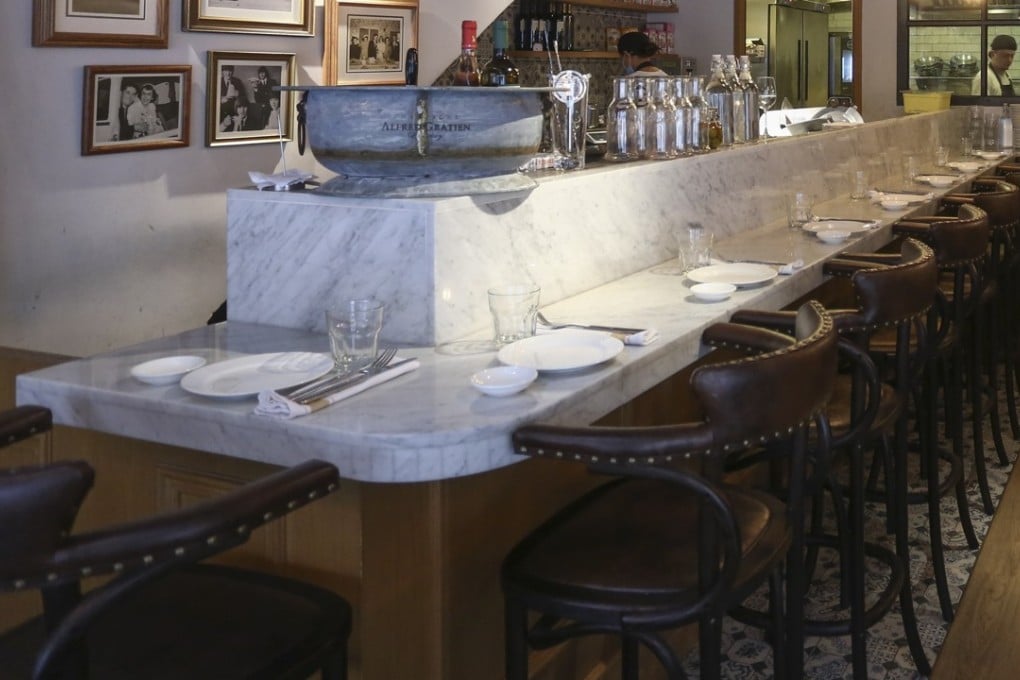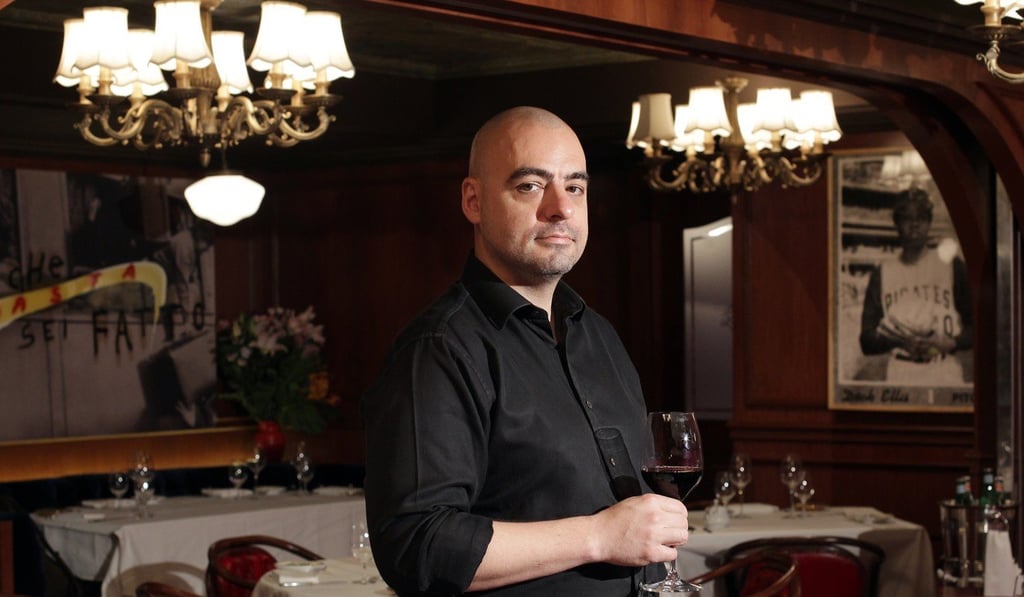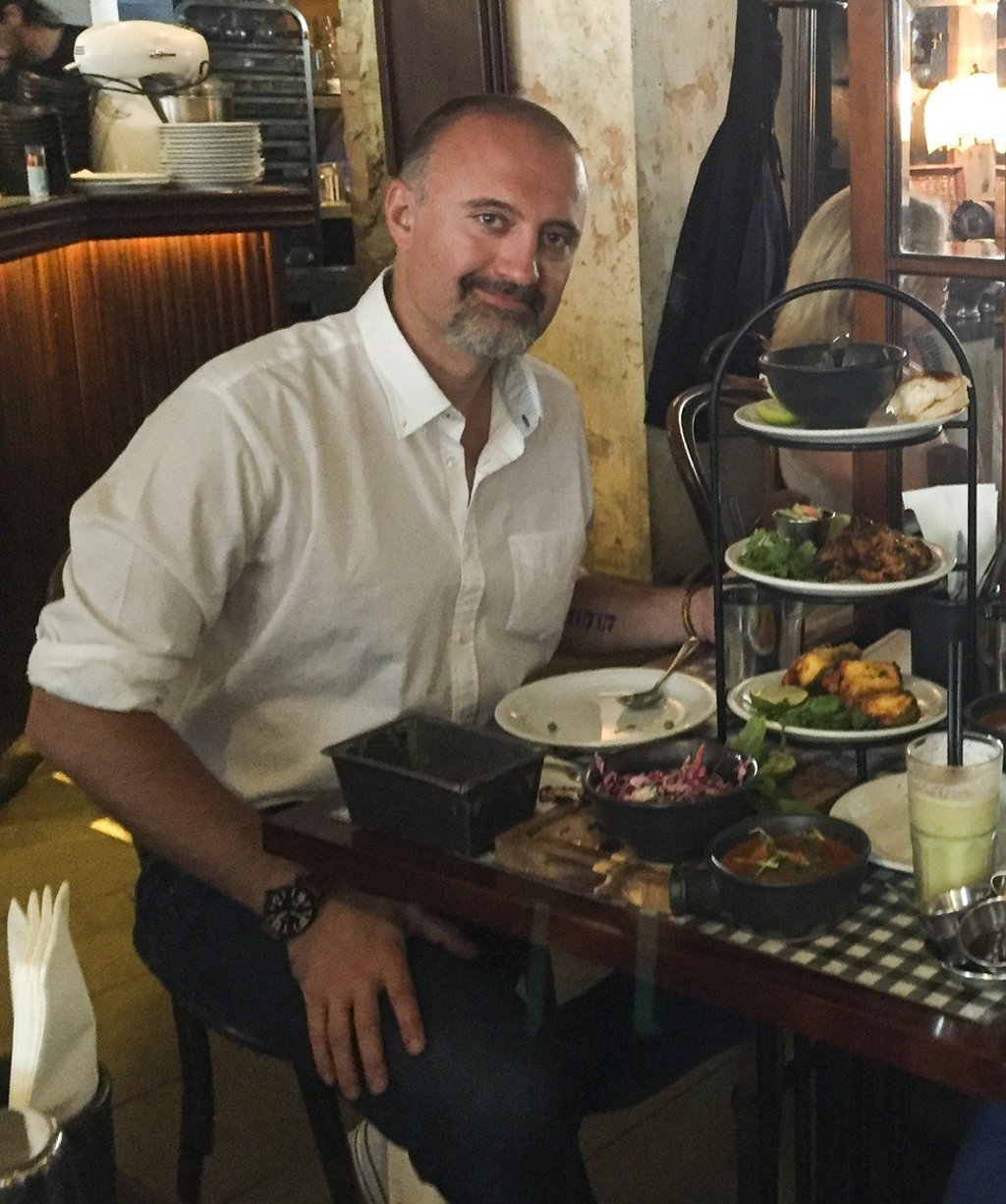Opening a Hong Kong restaurant? Why rent isn’t your biggest worry – here’s what you need to know
With one cafe or restaurant for every 600 residents, Hong Kong has more per capita than most cities. So the biggest challenge, once you’ve dealt with licensing, contractors, renovation and hiring, is whether diners will come

Landlords are often blamed for putting Hong Kong restaurants out of business by doubling their rent, but it’s not as common a story as we may believe, restaurateurs say.
“The three biggest costs are fairly standard – food, salaries and rent. Of these, rent is the most stable and predictable, because many restaurant operators negotiate long-term leases of five to 10 years,” says Christopher Mark, co-founder of Black Sheep Restaurants.
How a Hong Kong restaurant group went from underdog to leader of the pack
Nevertheless, ask an established Hong Kong restaurateur for advice about venturing into the business and you will quite possibly be told: “Don’t!” That is because setting up a food and beverage outlet in the city is an arduous, patience-testing journey. With one outlet for every 600 residents, Hong Kong has one of the highest concentrations of cafes and restaurants in the world.

“I personally tried to open four or five restaurants before I even got to Pirata,” he says.
Talpo and his business partner, Manuel Palacio, say they have lost great chefs, spaces and investors trying to get restaurants up and running. Twice, landlords have signed contracts with other parties one hour before Talpo walked in with a cheque.
